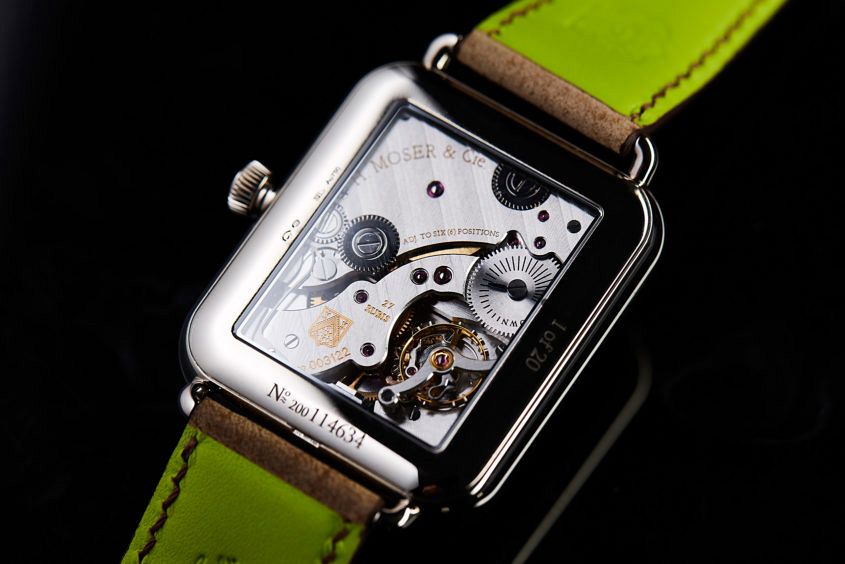 It’s a question many of us in the industry get on a regular basis: ‘What makes one watch worth $1000 and another worth more than $100,000?’ To be fair, it’s a legitimate question from those less well versed in the world of watchmaking. At a surface level, and to the untrained eye, a traditional two or three-hand watch delivers the same indication of time, and the same aesthetic proportions regardless of price point, and a simple change from steel to white gold (for example) isn’t nearly enough to justify a jump of more than roughly $20k. The old adage of ‘the devil is in the detail’ couldn’t be more appropriate. Aside from choice of materials — as can be seen with things like the NTPT carbon and sapphire cases from Richard Mille, for example — where much of that retail price gets burned is in man hours, primarily in the delicate and painstaking process of handcrafting and hand-finishing components. If you follow the trials and tribulations of Time+Tide, you have likely heard of Geneva stripes, perlage, anglage, and other finishing techniques, and if you’re the right shade of geeky, you may well have deciphered which technique looks like what, but…
It’s a question many of us in the industry get on a regular basis: ‘What makes one watch worth $1000 and another worth more than $100,000?’ To be fair, it’s a legitimate question from those less well versed in the world of watchmaking. At a surface level, and to the untrained eye, a traditional two or three-hand watch delivers the same indication of time, and the same aesthetic proportions regardless of price point, and a simple change from steel to white gold (for example) isn’t nearly enough to justify a jump of more than roughly $20k. The old adage of ‘the devil is in the detail’ couldn’t be more appropriate. Aside from choice of materials — as can be seen with things like the NTPT carbon and sapphire cases from Richard Mille, for example — where much of that retail price gets burned is in man hours, primarily in the delicate and painstaking process of handcrafting and hand-finishing components. If you follow the trials and tribulations of Time+Tide, you have likely heard of Geneva stripes, perlage, anglage, and other finishing techniques, and if you’re the right shade of geeky, you may well have deciphered which technique looks like what, but…
The post INSIGHT: The value in time – what separates fine from very fine watchmaking appeared first on Time and Tide Watches.
Continue reading ‘INSIGHT: The value in time – what separates fine from very fine watchmaking’